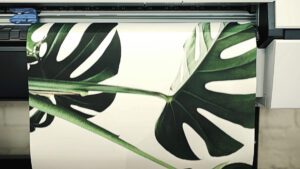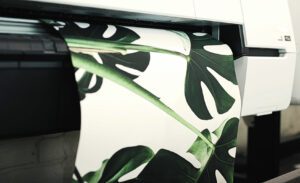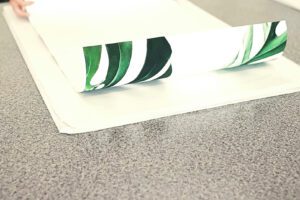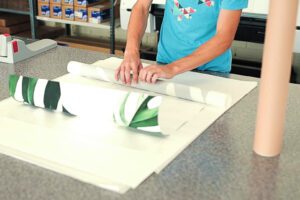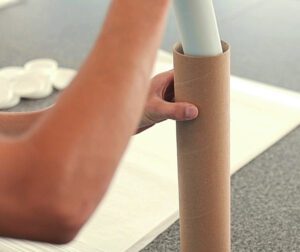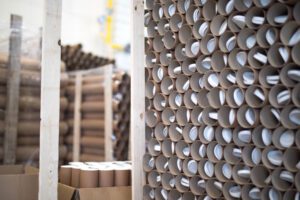What is a Giclee Print
Giclee Print Offer high quality printing than standard digital prints
Giclée printing is a high-quality digital printing method used to produce artwork, photographs etc. The term “giclée” is derived from the French word “gicler,” which means “to spray”. In giclée printing, the image is typically printed on archival quality paper or canvas using inkjet printers that utilize special pigmented inks. These inks are sprayed onto the printing surface in microscopic droplets, resulting in fine detail and vibrant colors.
Giclée printing produce prints that match the original artwork in terms of color accuracy, detail, and longevity. The archival quality of both the inks and the printing substrates ensures that giclée prints can last for many years without fading or deteriorating, making them suitable for collectors and exhibitions.
Additionally, giclée printing offers greater flexibility and customization options compared to traditional printing methods, allowing to reproduce artwork in various sizes and on different types of paper or canvas. This versatility makes giclée printing the best choice for limited edition prints and fine art prints.
Giclée prints are more high Quality than standard digital prints or traditional offset prints for several reasons:
- Quality Materials: Giclée prints are typically produced using high-quality archival inks and substrates. These materials are designed to be fade-resistant and long-lasting, ensuring that the prints maintain their color and quality over time. The use of premium materials contributes to the higher cost of giclée prints compared to prints made with standard inks and paper.
- Specialized Equipment: Giclée printing requires specialized equipment such as high-resolution inkjet printers capable of producing fine details and accurate colors. These printers are often expensive to purchase and maintain, adding to the overall cost of producing giclée prints.
- Expertise and Skill: Producing high-quality giclée prints requires expertise and skill in color management, and printmaking techniques. Skilled technicians or printmakers are often involved in the process to ensure that the prints meet the quality specifications.
